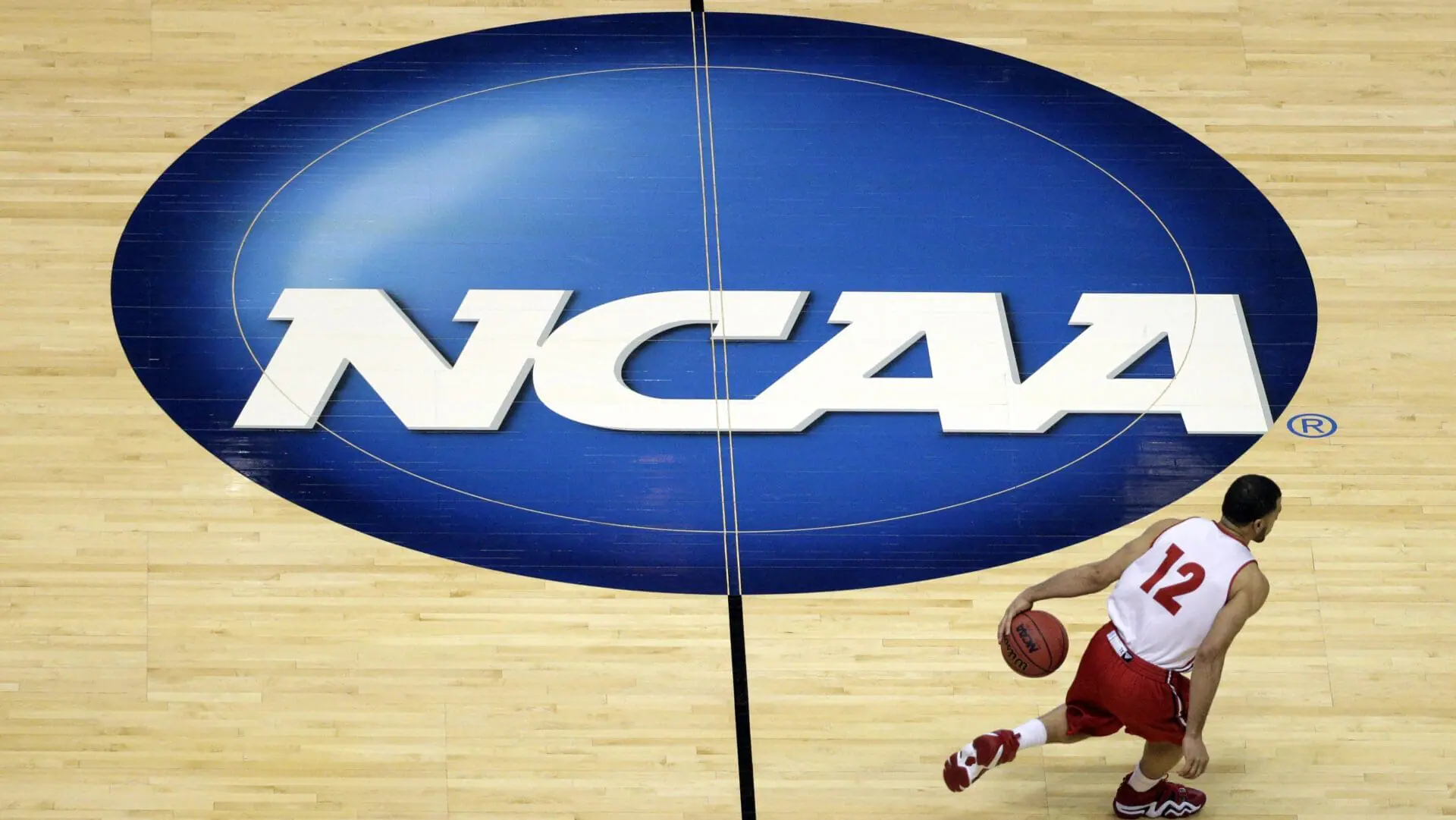NCAA targets boosters, collectives with mandatory disclosure of athlete NIL deals. Is it legal?
(AP) — The NCAA and college sports leaders believe they have found a way through a massive antitrust settlement to finally separate “true NIL” for athletes from booster-funded payments they say are actually pay-for-play or recruiting inducements masquerading as endorsement deals.
If the settlement is approved by a federal judge, mandatory disclosure rules, an outside clearinghouse to assess deals and an enforcement process that includes neutral arbitrators will be used to scrutinize name, image and likeness transactions between athletes and third parties for fair-market value, with a keen eye toward so-called NIL collectives.
For some, the plan looks like an overstep by the NCAA that will eventually lead back to court.
“Honest question here for those in the #NIL space, as well as all fans of sports: WHY should a college athlete be required to submit, for approval by the NCAA (or any other group) an NIL deal over $600 (as proposed by the NCAA)?” Russell White, the head of The Collective Association, posted on social media.
Other legal experts see ample precedent in professional sports leagues to support the NCAA’s attempt to regulate NIL.
“The idea that there’s going to be a whole lot of litigation around this disclosure requirement, to me, was not completely well thought out,” said Jay Ezelle, an Alabama attorney who has been involved in NCAA cases and antitrust lawsuits.
Settlement proposal
The NCAA and five power conferences agreed in May to settle multiple antitrust lawsuits related to athlete compensation for $2.77 billion in damages. The full term sheet for the agreement was filed last week and still needs approval by U.S. Judge Claudia Wilken of the Northern District of California, a process that could stretch into next year.
If approved, the NCAA and conferences will rewrite rules to allow schools to direct about $21 million in athletic revenue to athletes annually, starting as soon as 2025.
As part of the agreement, NIL deals between college athletes or recruits and those deemed boosters of a school will be subject to review for “a valid business purpose related to the promotion or endorsement of goods or services provided to the general public for profit, with compensation at rates and terms commensurate with compensation paid to similarly situated individuals with comparable NIL value who are not current or prospective student-athletes” at the same school.
Enforcement will include the potential for athletes and schools to appeal to neutral arbitrators. Detailed rules related to mandatory disclosure still need to be worked out.
Database launched
The NCAA on Thursday launched NCAA NIL Assist, a public-facing online database for tracking what athletes are making in NIL. All information will be reported anonymously and athlete and school information will be withheld. Users will be able to sort reported data by sport, conference and even position, giving athletes a better a idea of what they are worth on the NIL market.
NCAA vice president of academic and membership affairs David Schnase said NIL Assist is not intended to be an enforcement tool and not part of the settlement’s mandatory reporting.
“There are a lot of things happening outside of what we can control with this platform,” Schnase said. “So while this platform will not influence those outcomes, when the (NCAA) board starts making decisions, we’ll have pretty good data to help them make informed decisions.”
More lawsuits?
Legal challenges by athletes to NCAA compensation restrictions have upended longstanding amateurism rules and steered college sports toward a more professional model.
Add the new revenue-sharing payments to what schools in power conferences currently spend on scholarships and other benefits, and athletes will be receiving about 51% of revenue generated by athletic departments, a percentage similar to pro leagues.
If approved, the settlement could limit the threat of future legal challenges by college athletes, who will have the opportunity to object to the terms. If challenges are made to disclosure rules, they are likely to come from boosters or collectives.
Sports law attorney Mit Winter said disclosure isn’t as problematic as rules that target what the NCAA deems to be boosters and the difficulty in determining fair-market value.
“And the way that you have to show its fair-market value is based on some comparable (deal) that’s not with a college athlete,” said Winter, who sits on the board of Athletes.org, a group that advocates for college athletes organizing by sport and collectively bargaining with schools or conferences.
Ezelle doesn’t see a strong argument for an antitrust complaint by collectives or boosters.
“Because nobody’s preventing them from entering into a deal with the student-athlete,” he said. “They’re just saying the booster can’t enter into a deal that’s above fair-market value. So the idea that the booster could then sue and say I have somehow been harmed because I’ve been forced to pay less for this individual’s services than I want to … If anything, this saves the booster money.”
Gabe Feldman, a sports law professor at Tulane, said it is common for pro leagues to regulate outside sources of income for athletes to prevent circumvention of salary caps and luxury taxes by teams.
“Now the big difference is, obviously, the pro sports rules are collectively bargained. These are not. So there will there will be no antitrust immunity for these cases,” Feldman said.
